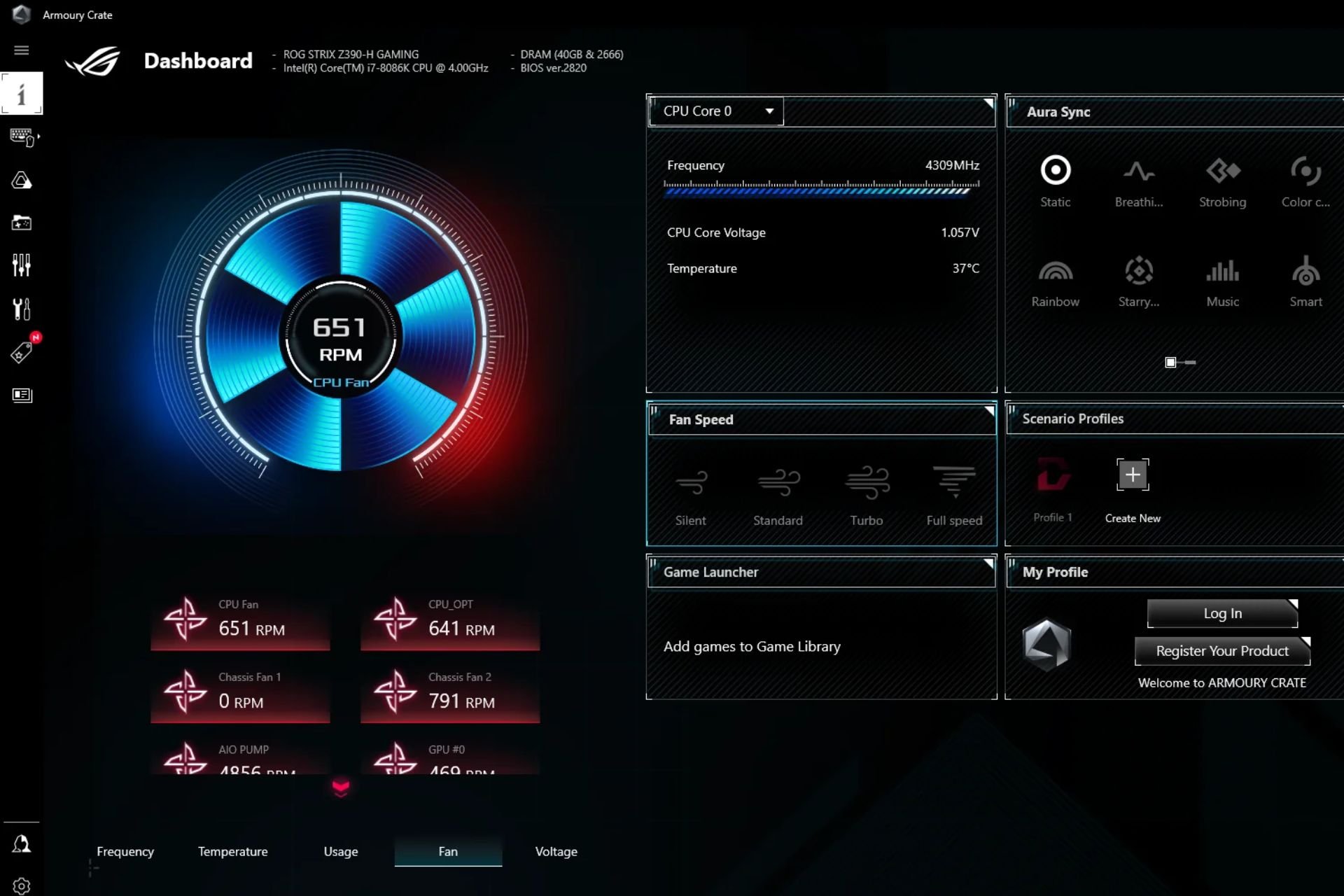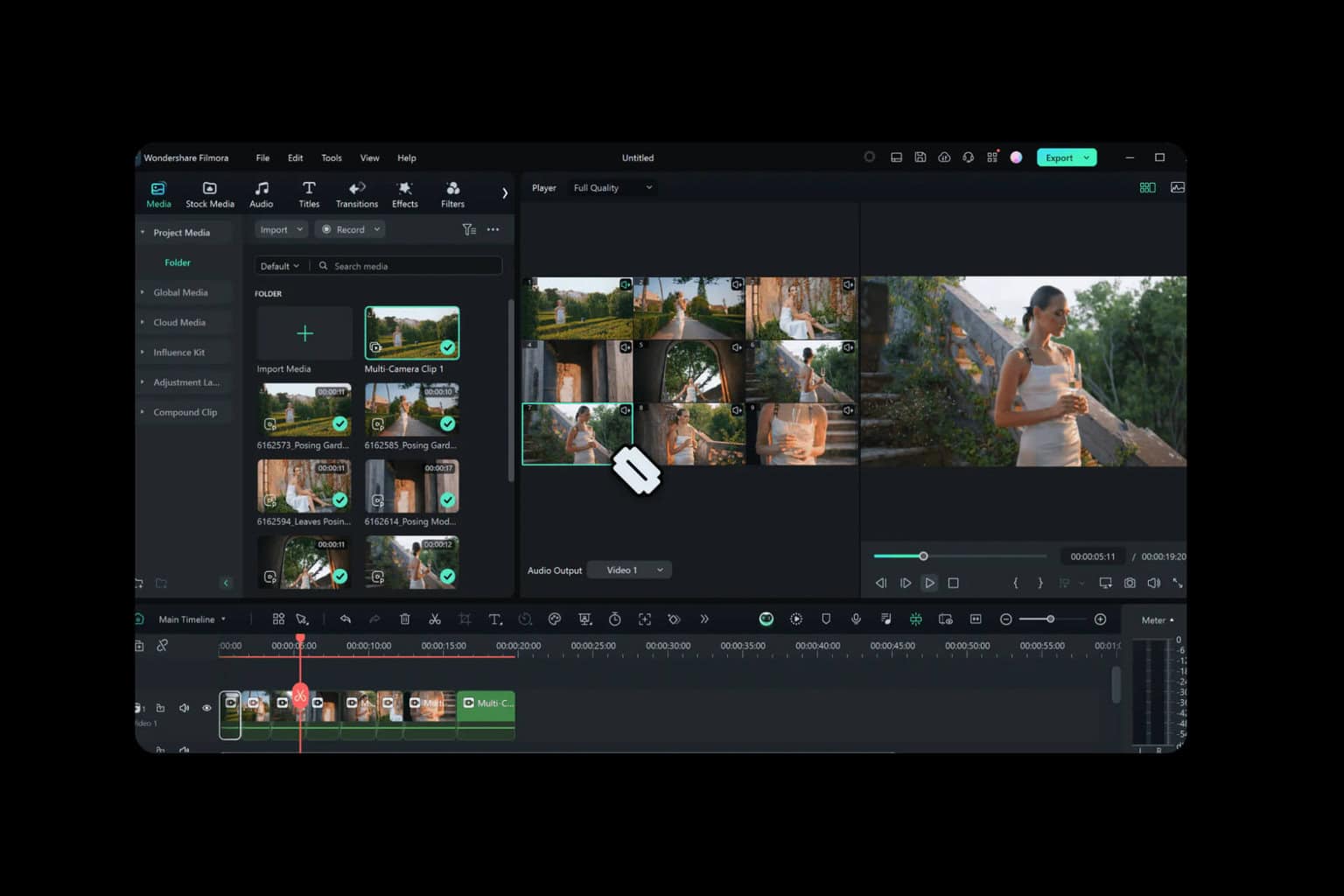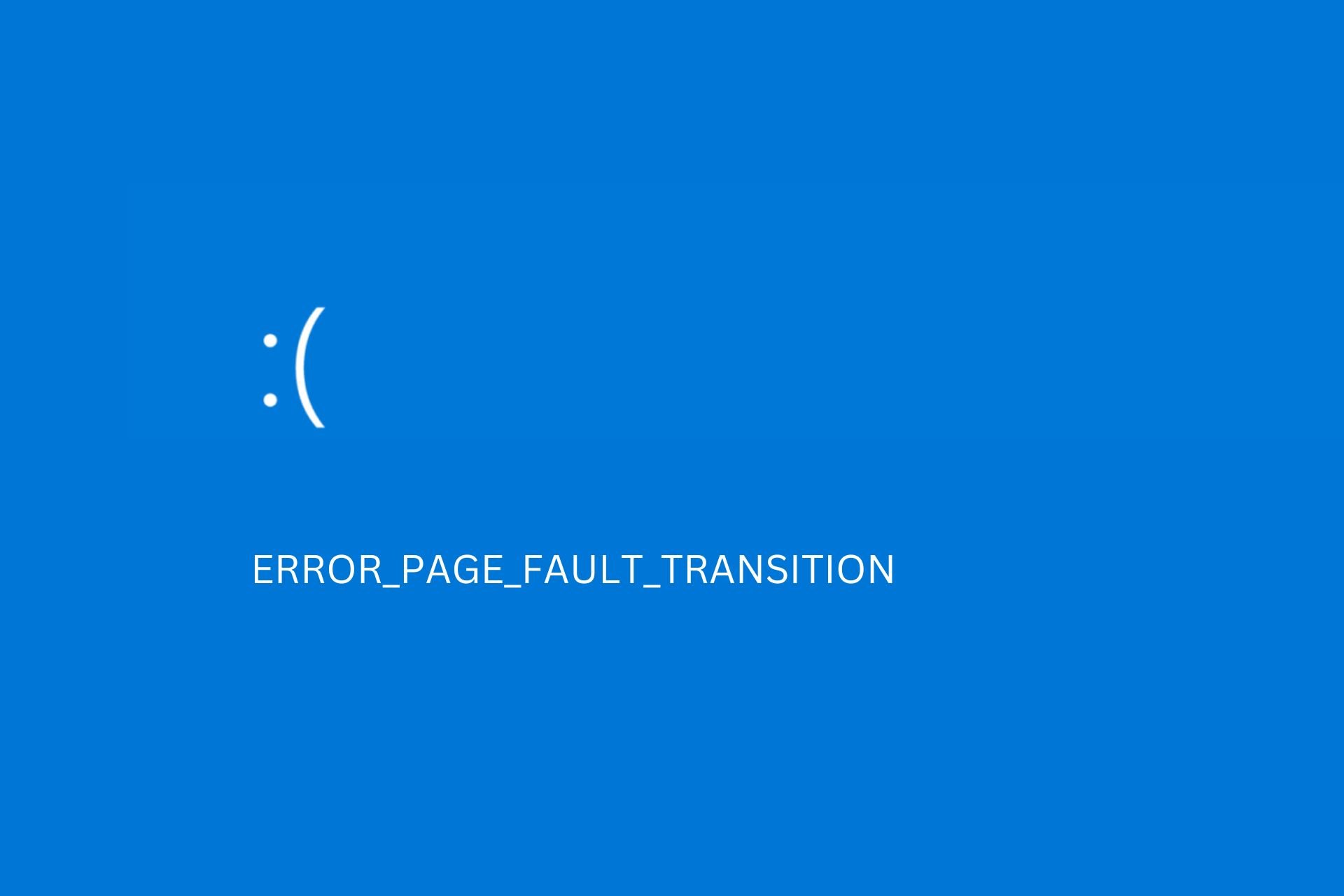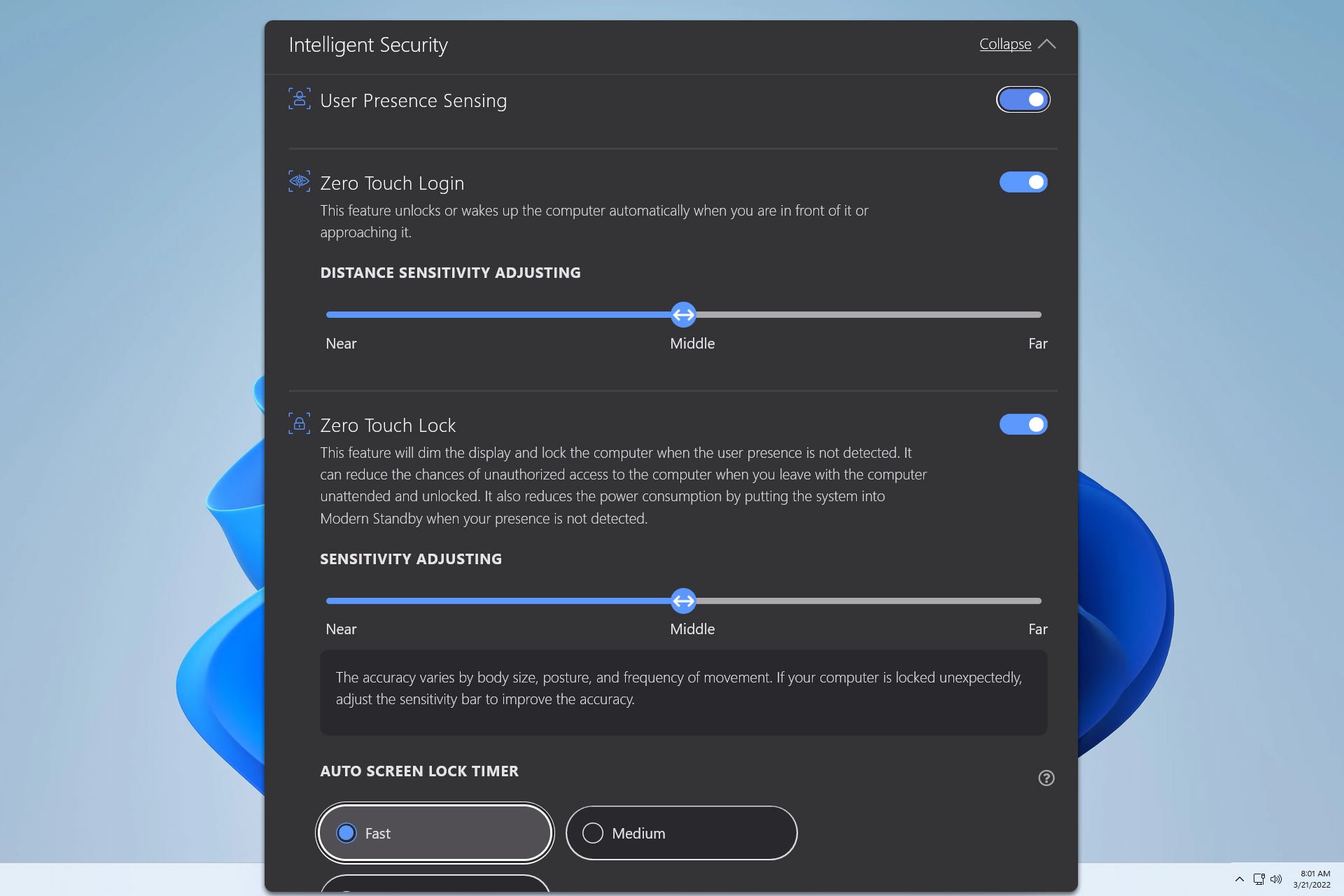Microsoft Edge’s new “adaptive notification request” feature will suggest site notification permission requests
2 min. read
Published on
Read our disclosure page to find out how can you help Windows Report sustain the editorial team. Read more

Microsoft previously introduced a feature known as “quiet notification requests” in Edge 84, to help reduce notification permission requests from websites. That might have been a while ago, but turns out the company has learned from the past and is actively testing “adaptive notification requests” in the latest version of Edge.
This new feature allows websites and Edge to prompt users with either a full notification permission request or a quiet request, based on actual data acquired from users. Microsoft says they run these suggestions with consideration to the user’s context and timing after users have engaged with sites. According to Microsoft:
Sites that follow good practices and earn a high user acceptance rate will begin to show the full prompt without being “quieted.” . Based on the collective score of users, we provide quiet requests to the websites whose scores are higher than the threshold.
Microsoft developed a score element as part of this for the buttons you see in Edge when you get a notification request. Clicking “Block” will yield a high score and a negative impact on a website, and clicking “Ignore” and “Dismiss” will be a week negative signal. “Allow,” meanwhile will give the lowest score, and appear as “positive” to Edge.
Of course, data is updated regularly, and Microsoft believes sites can provide the full prompt to their users when they get better acceptance rates from their users. This can be seen as a motivator for sites to follow best practices when it comes to requesting notifications.
This feature will be found under Settings, Cookies and site permissions, and Notifications.








User forum
0 messages